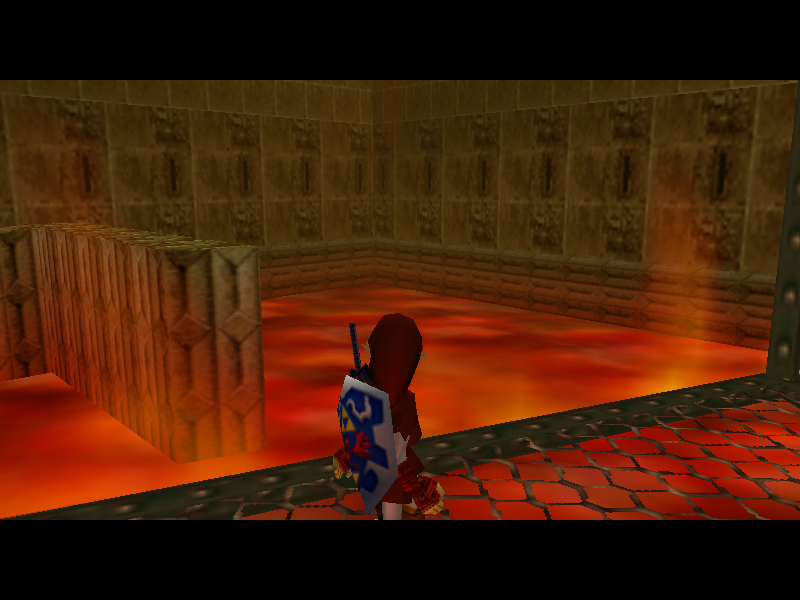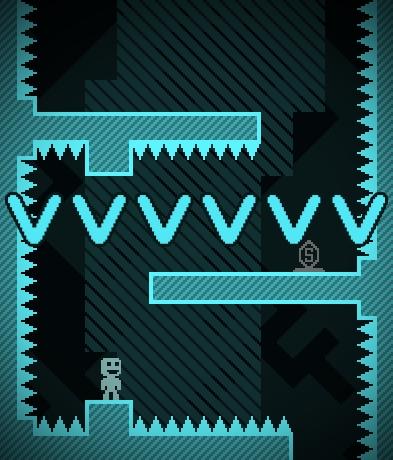Introduction
Welcome to the Dungeon workshop! Today, we will be discussing procedures and guidelines for dungeon design, and what makes a dungeon creative and fun. Let us begin by defining them.
What is a dungeon?
A dungeon is a collection of challenges meant to obstruct the player and reward him/her upon its successful completion. In contrast to towns full of friendly NPCs, dungeons contain dangerous critters, traps, and puzzles. Also known as level design (usually in non-RPGs such as platformers), dungeons are designed to test players in at least one of the following:
timing; reflexes; button-mashing; patience; endurance; memory; brainpower; finesse; agility; and/or luck.
While many are, not all dungeons need be dark, grim, and nasty. They are simply where towns are not. Indeed, using this definition, most non-RPG games consist solely of dungeons. Let's check out a simple, well-known example:

This platformer, Super Mario Bros 3, is one of many games with level after level of dungeon. Every single level has challenges, enemies, and other obstacles to overcome.
If you wish, read (or skim) through this excellent article which discusses quite in-depth how the level design teaches players the rules of the game.
What makes a dungeon fun?
To craft a successful dungeon, one must consider the following:
- Learning Curve: start off with simple tasks designed to teach the player the ropes. Only then can you build up the difficulty. If the very first room plunges the player into a complicated puzzle, chances are s/he will become frustrated and quit. In addition, don't throw everything at the player at once. Introduce each concept individually and gradually combine them.
- Consistency: every challenge MUST follow the same rules. If a certain colored block is pushable, all of those damned blocks better be pushable. Changing the rules mid-game may confuse and upset players.
- Interactivity: brain-teasers and riddles are cool, but a dungeon full of 'em gets boring. Avoid situations in which all the player does is sit and think! Much like cutscenes, the player can get restless. Make sure they have tons to DO!
- Rewards: no player wants to dodge hundreds of razor-sharp blades for nothing. Challenges require an incentive! Place a treasure chest just out of reach or offer bonus experience for taking the harder route. Indeed, rewards are what make the
- Gimmick: to set dungeons apart from each other, level designers generally include one or more unique features. It is generally something that adds to gameplay, but is not always necessary. Popular examples include the use of tools in Legend of Zelda and the ability to change time in Braid). This ties into the next and last feature:
- Creativity: It's my opinion that every single puzzle is a variation of a different puzzle in the world. Implementing the same mazes, the same block puzzles, etc. will become boring and mundane. Thus, fun dungeons require some spicing up. We'll take a look more in-depth on this later.
Let's go back to our Mario example.
How is the learning curve? The game starts off very simply, with one enemy (the Goomba) and no other challenges. The player learns that jumping on the Goomba will always consistently kill it, but getting hit from the side will kill you. There is tons of interactivity-- Mario can jump around, hit blocks, and interact with whatever he chooses. The player learns that hitting a "? block" will reward him with a Mushroom: thus, finding future "? blocks" serves as an incentive to keep playing. The level's gimmicks are its unique powerups (Mushrooms, Fire Flowers, Tanooki Suit) and battle system. Ultimately, the platformer is quite a creative game (at least, in its time, when item blocks and jumping on enemies were relatively new).
Basic Puzzle Elements
Every dungeon needs its puzzles. Here are some of the most basic ones:
- Maze: the player must find his/her way through a labyrinth with winding tunnels and lots of dead-ends.
- Pushing Blocks: the player must manipulate a block through a maze. Generally, it can be pushed (and sometimes pulled) one tile.
- Sliding Blocks: the player must manipulate a block through a maze. Unlike pushing blocks, these will continue to move forward until they hit a wall or obstacle.
- Ice Puzzle: similar to sliding blocks, the player must slide across an icy floor.
- Button-mashing: a simple concept that can be worked into any minigame, the player must press a single key as many times as possible.
- Alternate Buttons: similar to button-mashing, the player must hit 2 or more buttons in a certain order as quickly as possible (left right left right, WASDWASD, etc).
- Reflexive Buttons: designed to test the player's reflexes, the player must press a number of buttons as they appear on screen.
- Timing: the player must cross a bridge or corridor while dodging obstacles that appear linearly.
- Speed Run: the player must navigate a room as fast as possible, either to leave before the door closes or s/he is killed (spiked ceiling, wall of flames, etc).
- Dodge Run: the player must jump or dodge obstacles while moving in a constant direction. Often, the player does not have to control the forward movement, but simply dodge to the side.
- Switch Puzzle: the player must activate a combination of switches to open doors or proceed through the dungeon.
- Enemies: the player is locked in a room with monsters and much slay them all before s/he can proceed.
- Memory Game: the player must remember certain cards, etc. and match them correctly. Luck is sometimes involved.
Okay, now can we MAKE a dungeon?
Glad you asked! Now that you're acquainted with (or lazily scrolled past) all the concepts, let's discuss the design process.
There are two strategies for brainstorming fun and creative challenges, which I call Synergy and Embellishment. Let's take a look at the former of the two.













